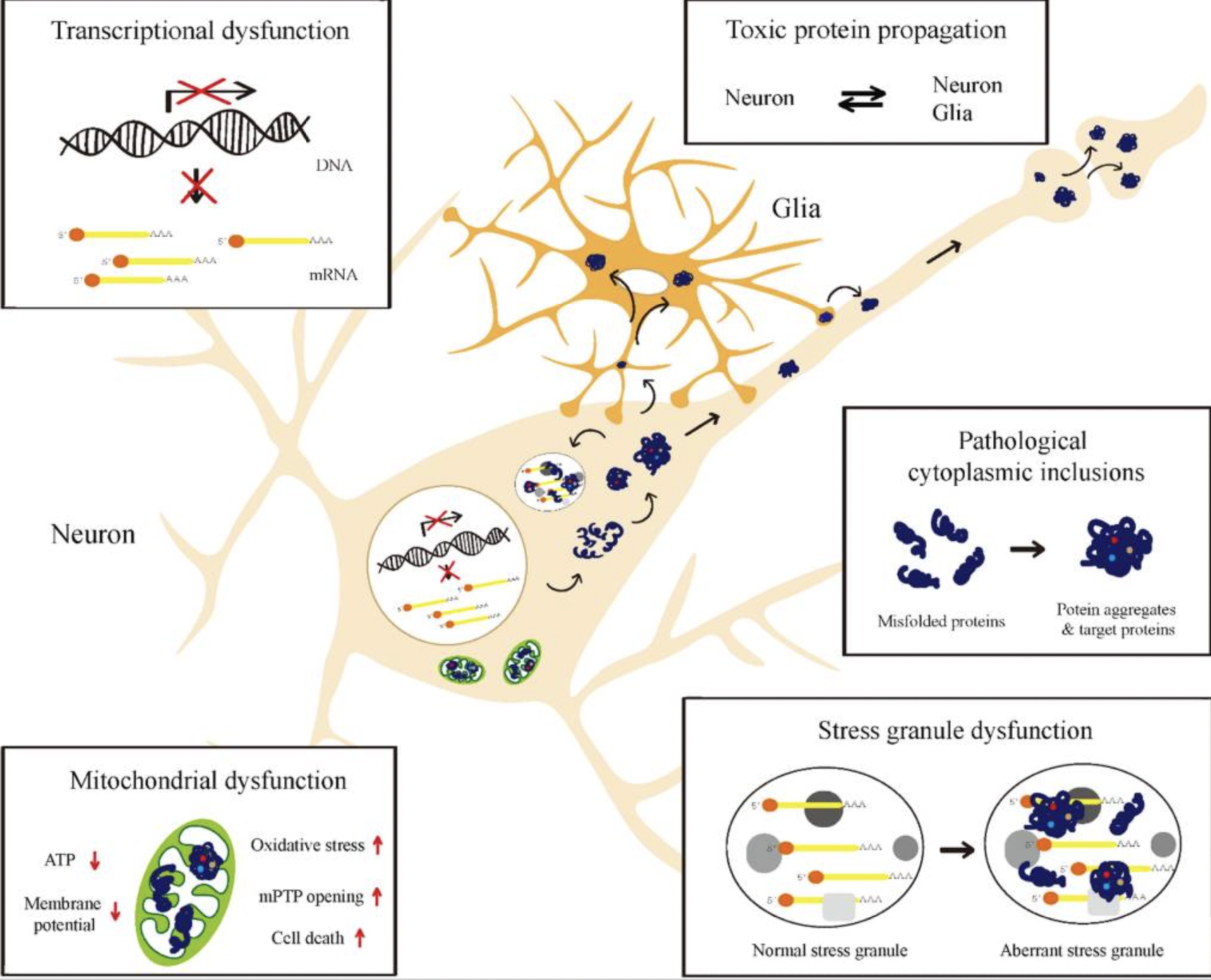ADV127-PD for Parkinson’s Disease:
- Best-in-class Sigma1 agonist
- High Potency
- Higher Selectivity
- Unambiguous activity
- Oral monotherapy
- Pharmaceutical profile
- Low potential for clinical drug-drug interactions
Mechanism of Action on Parkinson’s Disease
ADV127 candidate has been designed to exert a disease-modifying, neuroprotective effect, in Parkinson’s Disease by downregulating cellular stress and eliciting pro-survival and anti-apoptotic signaling, paralleled by an increased density of dopaminergic fibers in denervated striatal regions, and recovering of dopamine levels.
Activation of Sigma-1 receptors decreases astrogliosis and upregulates neurotrophic factors (BDNF and GDNF) and their downstream effector pathways, also leading to increased neurotrophin secretion, enhancing neurotrophin receptor-mediated neurite outgrowth through activation of tropomyosin receptor kinase (Trk). Sigma-1 receptor activation and subsequent interaction with IP3 receptors may also mediate pharmacological effects on neurite outgrowth. Sigma-1 activation also inhibits M1 microglial polarization and promotes M2 polarization, reducing the release of anti-inflammatory cytokines (IL-10) and inducible nitric oxide synthase (iNOS), produced by the accumulation of α-synuclein. Notably, activation of Sigma-1 reduces the production of proinflammatory mediators, TNF-α, and IL-1β. TNF-α induces neuronal senescence and enhances the senescence-associated secretory phenotype (SASP) of neurons and subsequent lysosome-dependent secretion of α-synuclein aggregates, resulting in increased cell-to-cell propagation of α-synuclein, thought to be the underlying mechanism of Parkinson’s disease progression.
Learn more

